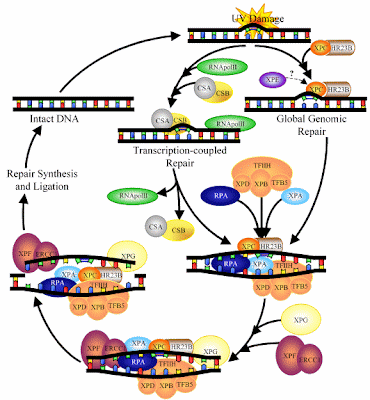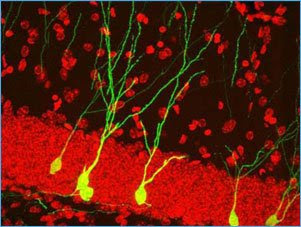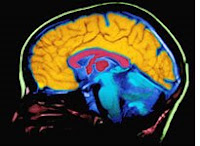Sirtris Resveratrol SRT501 To Be Used To Study Mitochondrial Deficiency Diseases
Resveratrol--a phyto-antioxidant found in grapeskins--is not only being studied for its possible anti-aging effects, it is also being studied for its potential for treating degenerative diseases of several types.
For the Rochester study, published in the March issue of Advances in Experimental Medicine and Biology, the research team wanted to examine if resveratrol had a negative effect on cancer cells. In this case, they chose pancreatic cancer cells. Pancreatic cancer is particularly hard to treat with chemotherapy, because the pancreas, a gland located deep in the abdomen, pumps powerful digestive enzymes into the intestines. This pumping process clears the gland of chemotherapy doses, making treatment difficult.That is fascinating news, given the humble origins of resveratrol. Other related stilbenes found in berries and grapes may prove to be even more useful therapeutically (eg pterostilbene).
The team, lead by Dr. Paul Okunieff, the chief of radiation oncology at the University’s cancer center, prepared two sets of pancreatic cancer cells and added pure resveratrol to one. After treating both sets with chemotherapy, they found that the resveratrol had "depolarized" the cell membranes of 35 percent of the mitochondria, shutting down the organelles and exposing the cells to radiation treatment.
...Sirtris is supplying their resveratrol, called SRT501, to a team of scientists at England's Newcastle University to conduct clinical trials on ailments related to a mitochondrial-related illness, called MELAS—mitochondrial myopathy, encephalopathy, lactic acidosis, strokelike episodes. MELAS is caused by mutated mitochondria and is a progressive and fatal disease that normally surfaces when the patient is between five and 15 years old. Strokelike episodes may lead to impaired muscular function and dementia.
...Chinnery's team will study if resveratrol can improve the functioning of the mitochondria and hopefully diminish the symptoms. If the research is successful, the FDA will then consider approving SRT501, with Sirtris as the sole marketer, for a seven-year period. "Many diseases of aging, such as type 2 diabetes, exhibit impaired mitochondrial function," said Peter Elliot, vice president of development at Sirtris. "We hope to develop new therapies." CheckBiotech
Labels: phytonutrients



